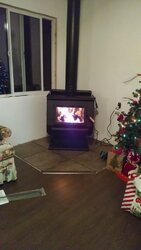Poindexter
Minister of Fire
good hypothesis, but wouldn't that subject all bk stoves? I have a princess and never had an issue and I don't think I have heard of issues from kings and princess owners.
I think condensing water vapor on the gasket material carrying small particles through wicking action is the next thing to rule out.
I suspect running mine as hot as i do for the first 30 minutes heats the gasket material to greater than 212 dF.
If the gaskets are not making a gas tight seal they wiuldnt be able to turn their stoves down.
I have looked at my own draft enough to be confident in @kf6hap s conclusion it isnt a draft issue.
We need to look elsewhere to silve this, and this is one time we will have to think inside the box.


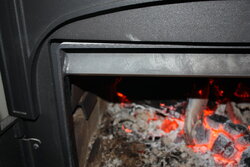
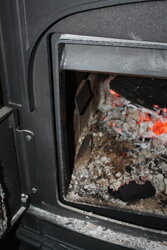
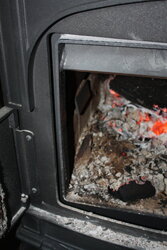
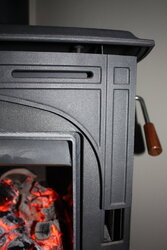
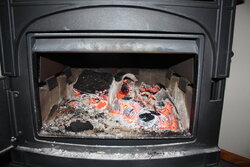
 It will..until you start running the stove wide open for a half hour with each new load, with a blazing inferno in the box. Kiss your wood goodbye.
It will..until you start running the stove wide open for a half hour with each new load, with a blazing inferno in the box. Kiss your wood goodbye. 

